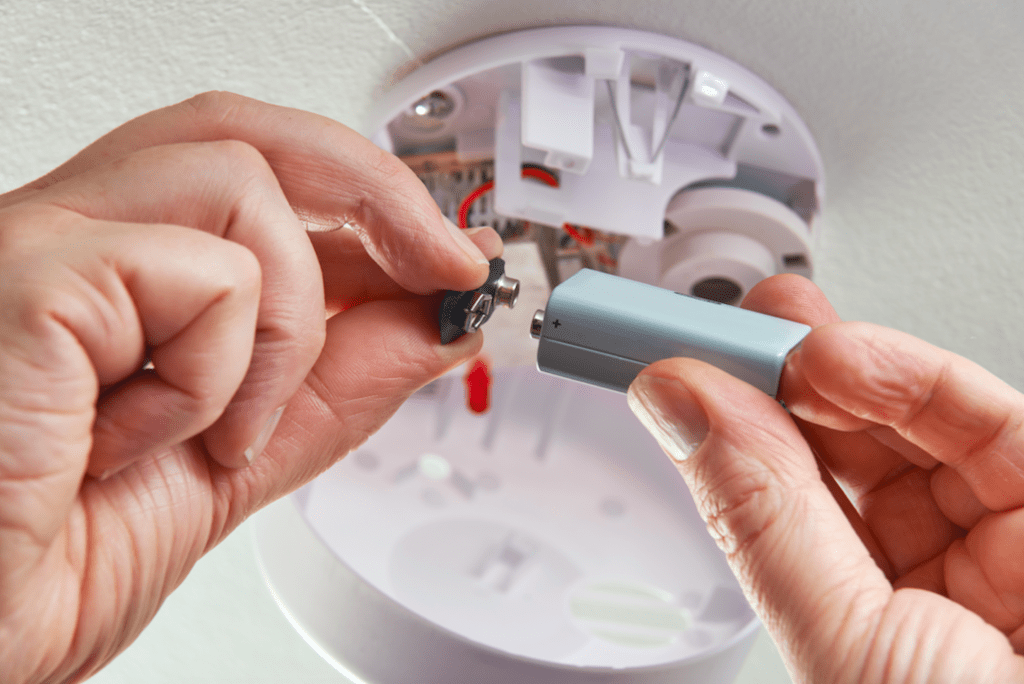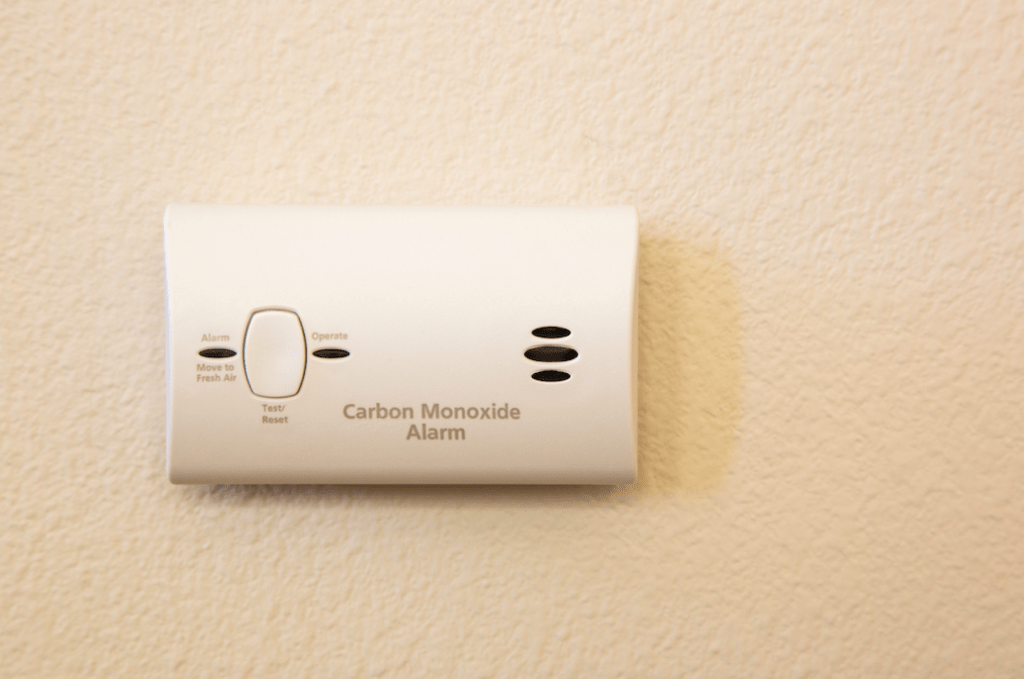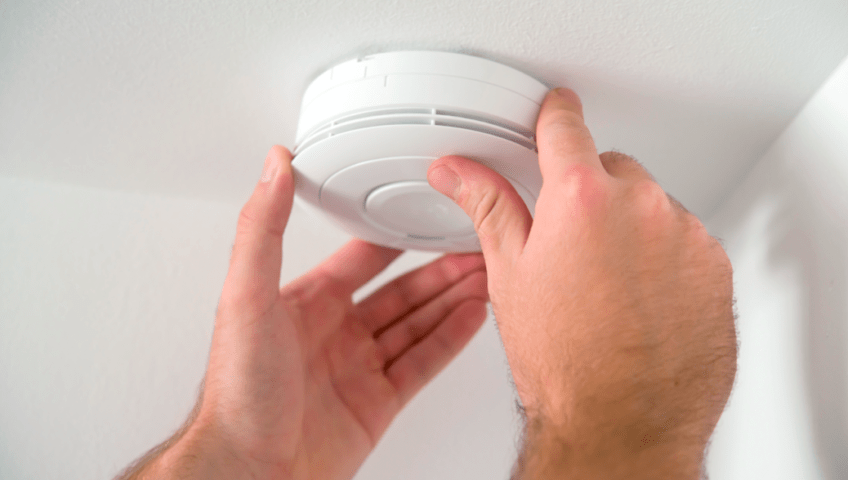More than 50,000 people end up in the Emergency Room, and 400 people die every year from unintentional Carbon Monoxide (CO) poisoning. Furnaces, gas ranges, generators, lanterns, stoves, and vehicles all produce CO fumes. You shouldn’t have any issue when the fumes are properly ventilated, but they can be dangerous or even deadly in enclosed or partially enclosed spaces. Given the dangers, here’s why it’s important to have a carbon monoxide detector in your home.

What is a Carbon Monoxide Detector?
A carbon monoxide detector is the fastest and safest way to detect carbon monoxide poisoning, but it’s not a one-off solution. You need to properly position multiple detectors all-around your home. When the alarm goes off, you know that there is carbon monoxide in the area.
With carbon monoxide detectors, you can use different types of alerts:
- Biomimetic sensor: When the sensor detects carbon monoxide, the gel changes color, which triggers the alarm.
- Electrochemical sensor: When the electrodes detect carbon monoxide, the change in the currents triggers the alarm.
- Metal oxide semiconductor: When the circuitry detects carbon monoxide, the change in the electrical resistance triggers the alarm.
The only way to silence the alarm is to dissipate the carbon monoxide from the building. In other words, you should ventilate the room, building, or wing of the building quickly. Even low doses of carbon monoxide can cause damage and injury to those individuals in the building.
Why is a Carbon Monoxide Detector Important?
CO is odorless and colorless, but it’s still toxic. It can cause permanent injury or death, even when it’s in small doses. You may start to feel the effects of CO poisoning and exposure at 70 ppm, low level exposure is 50 ppm. Dangerous levels are greater than 101 ppm. Since you can’t smell it or see it, the only way you can detect it is with a carbon monoxide detector.
Effects start with headaches, dizziness, nausea, and fatigue. In higher concentrations, the effects quickly lead to unconsciousness and convulsions. The effects of 1,600 ppm can be deadly in as little as one hour. In addition to the safety and security concerns, you may be required by law to install carbon monoxide detectors in various locations where there are enclosed sleeping areas.
The easiest rule to go by is the requirement for “one sensor per level.” Explore where you should locate the carbon monoxide detectors to maximize coverage. You should also test your system to make sure it’s working properly. Then, when the alarm sounds, immediately get out of the building, call the emergency services, and then don’t return to the building until it has been cleared by trained professionals.

Takeaways:
- More than 50,000 people end up in an Emergency Room (ER) and 400 people die every year from unintentional Carbon Monoxide (CO) poisoning.
- A carbon monoxide detector is the fastest and safest way to detect carbon monoxide poisoning, but it’s not a one-off solution.
- CO is odorless and colorless, but it’s still toxic. It can cause permanent injury or death, even when in small doses.
Next Step: Schedule a Consult with ROS Electric
ROS Electric supports your inspection and maintenance requirements for your fire alarm systems and smoke detectors. With our background and years of experience, we offer electrical contracting services for homes and businesses, but we also support electrical building automation and controls.
We’ve got the solutions for your electrical systems now let us help you on the Fire & Security side of the business. Reach out to ROS Electric to find out how we can support your fire alarm systems now and in the future.


Write a Comment